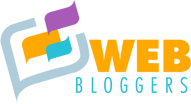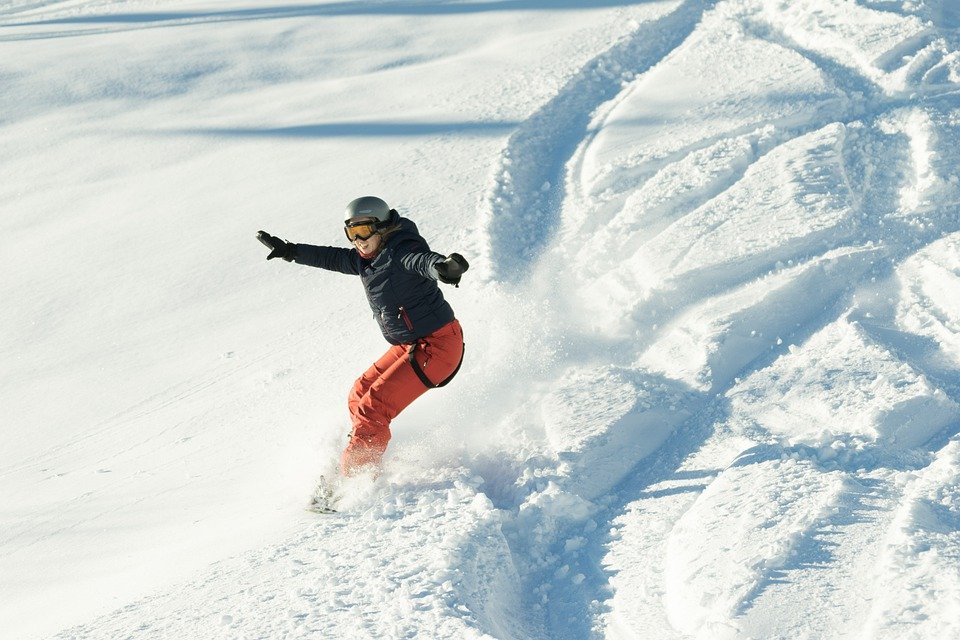Learning the basics of snowboarding is easy once you get familiar with your board and start practicing on the slopes.
The key to learning is to be patient, practice regularly and constantly observe other riders. So, here are some tips for beginners:
Get Familiar With Your Board
Now that you’ve got the basics down, it’s time to get comfortable on your board.
- Step 1: Get familiar with how to put on your boots and strap in.
- Step 2: Practice getting off and back onto the Snowboard by yourself. If you’re having trouble balancing, try standing on one foot while taking off your other boot or practice straddling the board while wearing only one boot (once you’ve removed both feet from their respective bindings).
- This is also a good opportunity to make sure that everything is properly secured before heading out onto the hill.
- Step 3: Start going down the hill at an easy pace—not too fast, but not too slow either! You should be able to see clearly where you’re going without having any trouble keeping up with other people who are snowboarding around you.
- When going downhill, remember that it’s always best if everyone stays together in groups so that there isn’t much of a gap between them; this way if someone falls then they won’t go very far before hitting someone else who can help them up again!
- Also try making sure not too many people are bunched up together because this makes it harder for everyone else around them as well (and believe me…there will be lots of times where something happens unexpectedly).

Wear Proper Attire
As you engage in any new physical activity, you should wear appropriate attire to prevent injury. Wearing a helmet during your first few snowboarding sessions can help protect your head in case of an accident.
Gloves are also recommended, as they will keep your hands warm and prevent blisters from forming on the tips of your fingers. Snowboard pants are a good idea because they will keep snow from getting stuck in between the cracks of your legs, which could cause chafing or temporary numbness.
A jacket is necessary for warmth when riding lifts or waiting for friends who are boarding above or below you; it will also provide some protection against falling snowflakes that may knock into and sting you during longer rides down slopes (this has happened to me before!).
Watch the Experienced Riders
You can learn a lot from watching others.
- Watch the experienced riders and try to figure out what they are doing, then do that yourself. This will help you get your balance, improve your technique and build confidence in yourself and ride safely.
- Look at the mistakes of other riders and learn from them. If they fall down, then you know what not to do or how to avoid it. If they make a jump on their board perfectly, then you can try it too!
- Use our tips for beginners as inspiration when learning how to snowboard for the first time so that you can be like them someday!
Conclusion
Snowboarding is an amazing sport and can be a lot of fun. It’s important to remember that you don’t have to know everything when you start out—that will come with time and practice.
Just remember to keep your eyes open, try not to fall over too much (we know it happens!), and most importantly: have fun!





